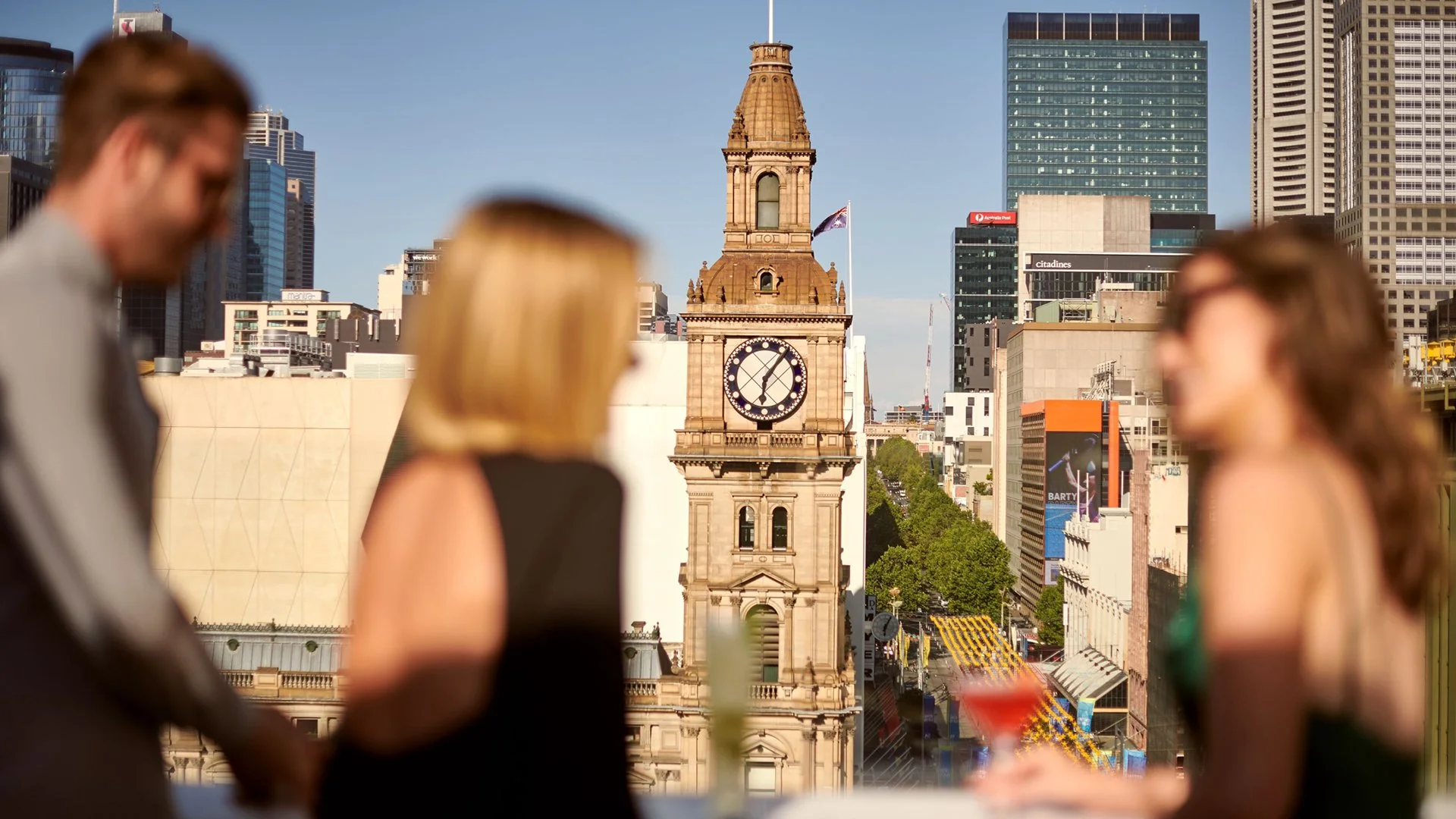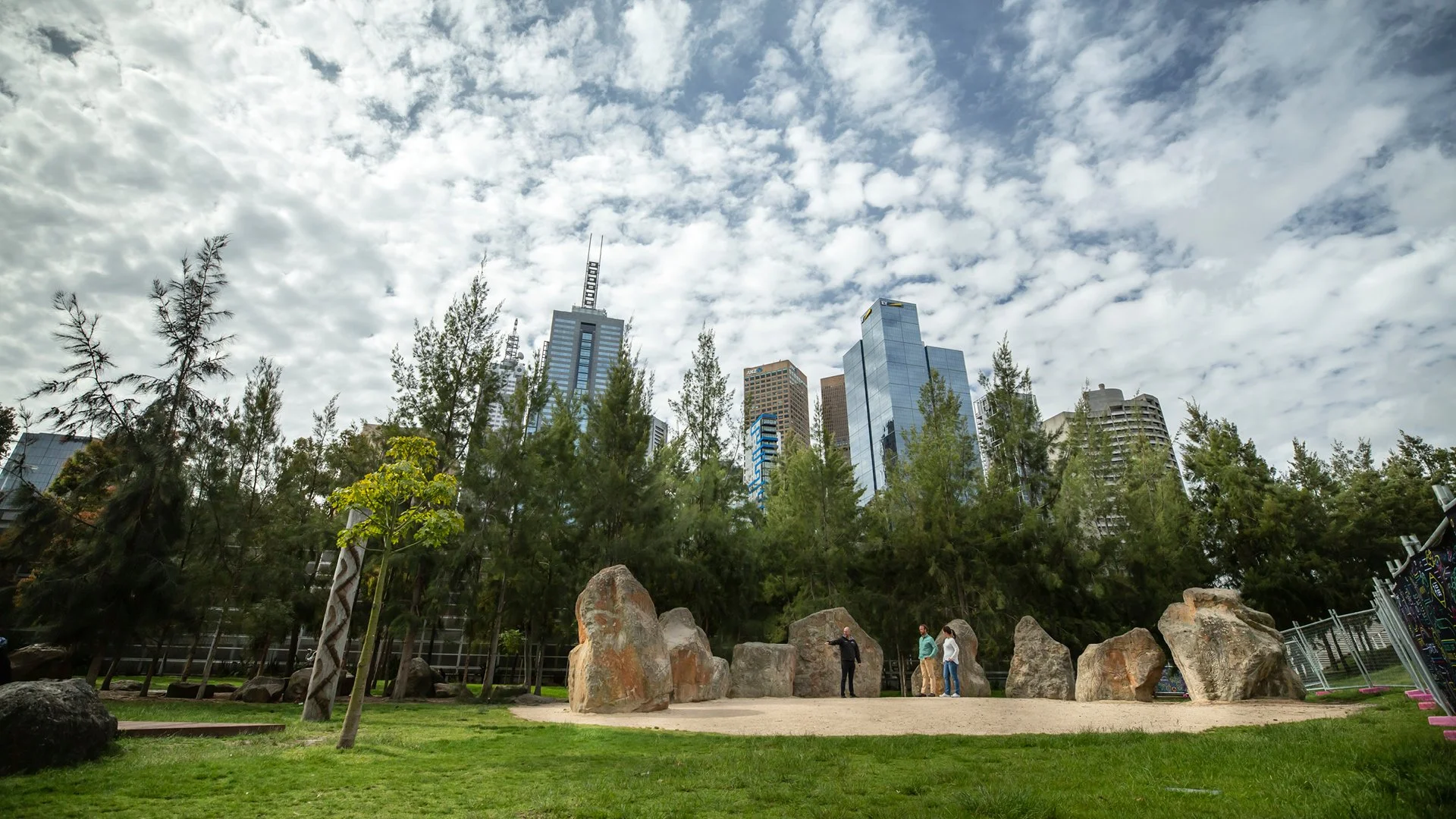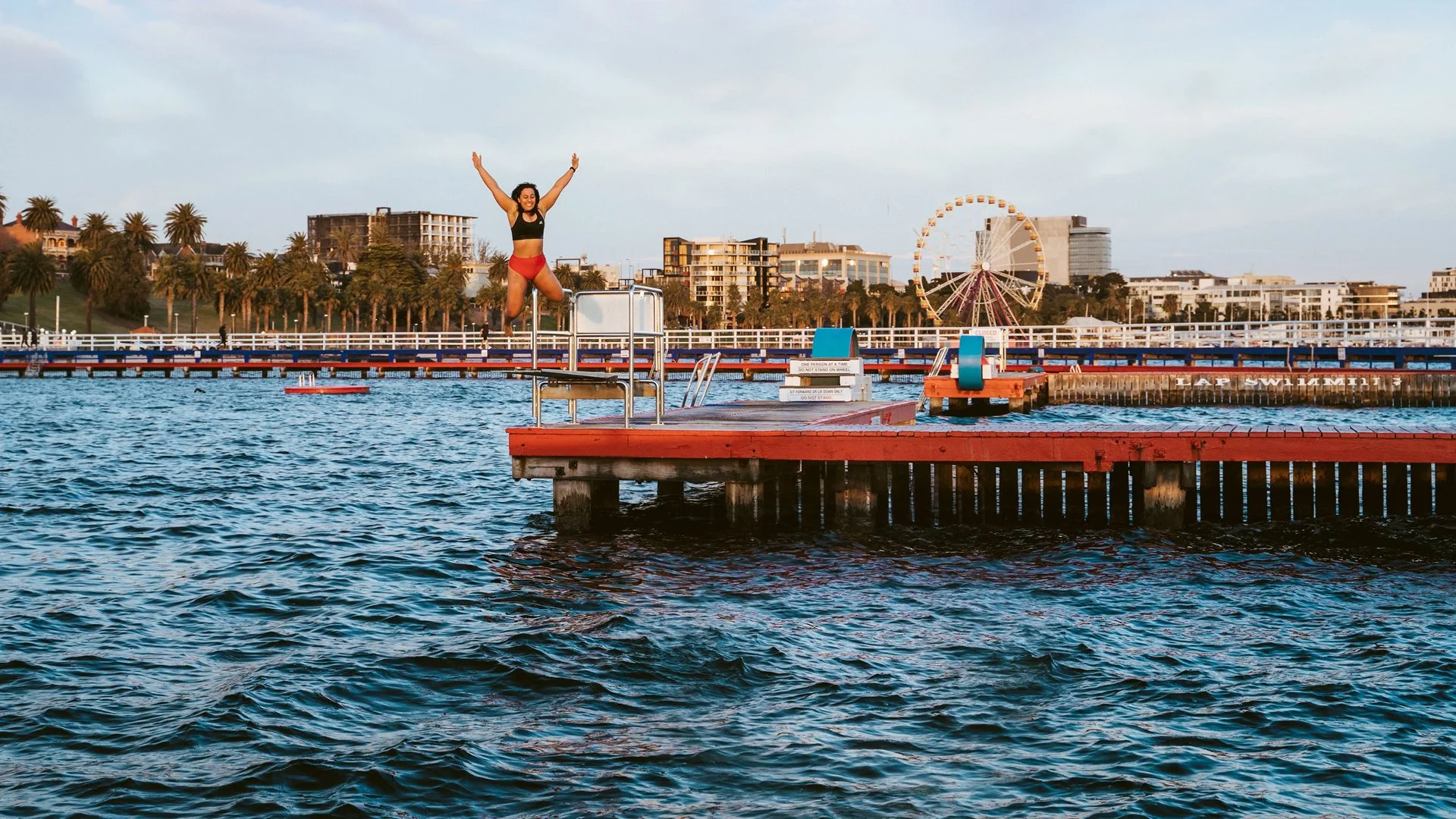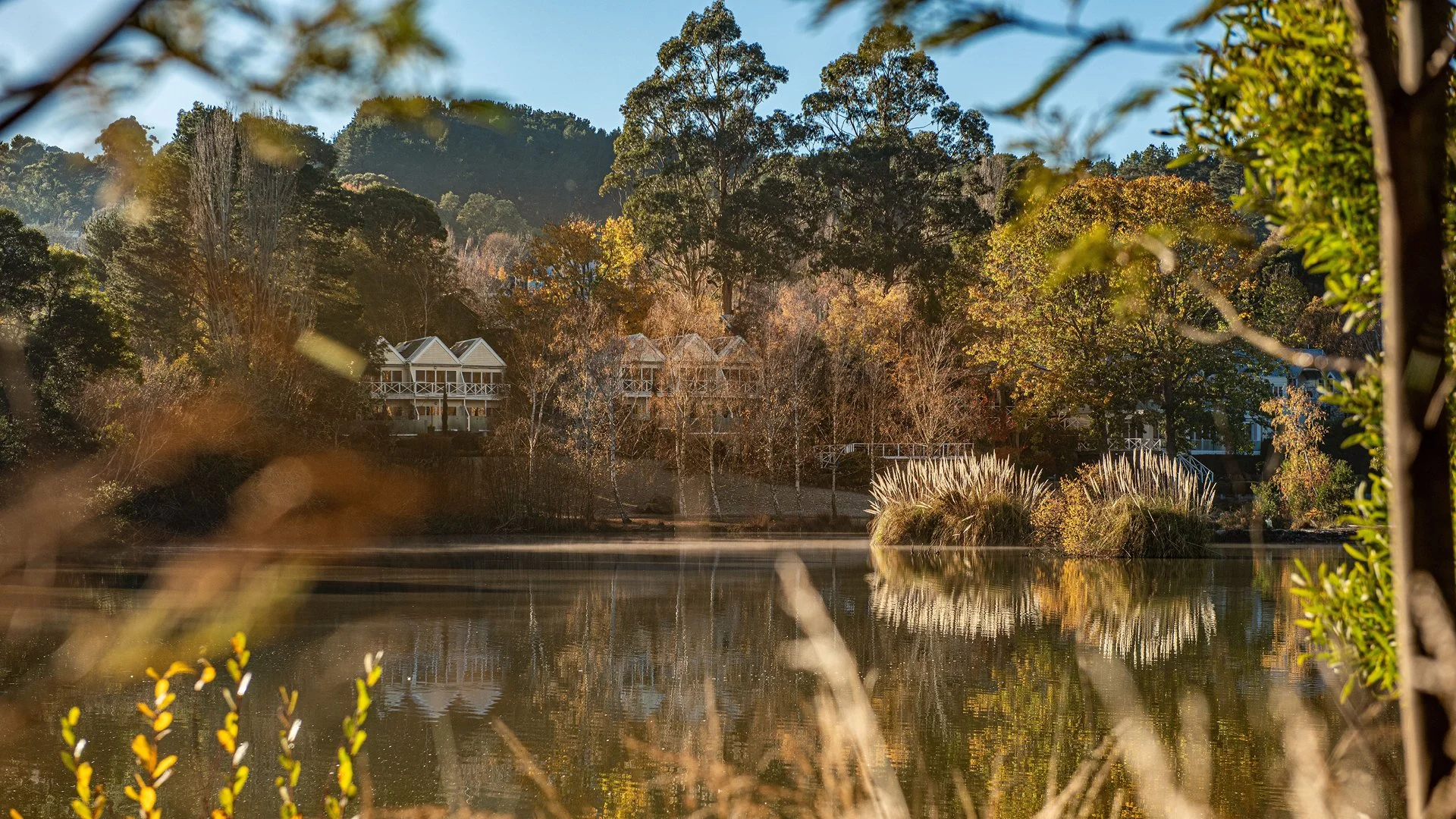How Melbourne became Australia’s cultural capital
From its rebellious beginnings to vibrant neighbourhoods, world-class coffee, art and food, Melbourne has grown into a city that embodies creativity, diversity, and independent spirit. We speak to Melbourne local & guide Dan Platt about how Melbourne established itself as Australia’s cultural capital.
How was the city of Melbourne founded?
“Melbourne was founded by two rival entrepreneurs, John Batman and John Pascoe Falkner, trying to get away from the influence of overreaching British power. Neither of the two men, who were from Van Diemen’s Land, now Tasmania, wanted to carry on paying tax to the colony up in Sydney, so they sailed to Port Phillip and set up rival settlements on opposite sides of the river.
“The two rival settlements fought for years, each claiming to have founded the town, but were eventually forced to join with the colony of New South Wales. That long-standing rivalry with Sydney that still exists today, and even though it's changed in many ways, that distrust of power and authority, those are very much part of what Melbourne is as a city.”
What is the Aboriginal story of Melbourne?
“Australia is fortunate to have the world's oldest living culture, and I think today's estimates put it at least 60,000 years of continuous connection to the land here. For the absolute majority of that, that was uninterrupted by external European or Asian influences, and we're really just coming to terms with what a unique part of the Australian experience and the local culture that is. The truth is, it's hundreds of cultures – there's more than 200 different language groups and communities around the country, and just around Melbourne, there are the five tribes of the Kulin nation.
“There are now more and more meaningful and interesting ways to engage with indigenous culture – it used to be you’d go to isolated, frozen-in-time places like Uluru, but there are more Aboriginal people in Melbourne and Sydney than anywhere else in the country, so you can have really meaningful and engaging and sometimes very challenging Aboriginal cultural experiences in those urban centres. Instead of seeing Aboriginal rock art on a wall in the middle of the desert, you're seeing Aboriginal art sprayed with automobile paint on a city wall in downtown Melbourne.
“Melbourne is by design and by history, very left of centre – politically, we love outcasts, we have a lot of sympathy for the downtrodden, we’re a city of protest, it’s part of our DNA.”
What made Melbourne prosper?
“The Victorian gold rush of the 1850s transformed Melbourne from a small frontier settlement into one of the richest cities in the world. Wealth poured into the city, and with it came culture: grand theatres, art galleries, and public libraries.
“The National Gallery of Victoria opened in 1861 — the first public art museum in Australia — while the city’s architecture reflected its newfound prosperity, from ornate arcades to elegant boulevards. By the late 19th century, Melbourne was a city of refinement, often described as the ‘Paris of the South’.”
How did migration shape Melbourne’s identity?
“Throughout the 20th century, waves of people moving to the city from all over the world gave the city its shape. Each inner-city neighbourhood has a very distinctive feeling – some have a British background, others a stronger Catholic influence, while some are very multicultural because they were a landing place for new migrants fleeing famine or oppression.
They each have these marks of the people that have passed through – the Vietnamese during the war, the Yugoslavs and the Greeks and Italians at the turn of the century, and Eastern European migrants after the Second World War.”
What are the claims to fame of modern-day Melbourne?
“The world’s best coffee, of course. Café culture is a huge part of the city – try ‘ST.ALi’ in South Melbourne, they pretty much introduced speciality coffee to Australia. It was also just voted the world’s best foodie destination; head to Flinders Lane and you’ll find a ridiculous number of amazing restaurants on just one street, from Supernormal to Chin Chin, Cutler, Cumulus, Coda and Lucy Liu.
“We've also got incredible open-air markets. The Queen Victoria Market or the South Melbourne market are packed full of local purveyors, farm-to-plate kind of produce, fresh seafood, and is where a lot of locals like to shop.
“Something distinctive to Melbourne is our Victorian laneways and arcades, built in the 19th century, and our beautiful boulevards, built to be 99 feet wide. What it means today is that you now essentially have these two cities – on the boulevards you’ll find your big international businesses, and the back streets are small, independent and owner-operated. So, we really encourage people to explore, get lost, and be adventurous.”
What makes Melbourne unique today?
“Melbourne is a city that keeps its best secrets close to the chest. It’s not a city that’s all about sites and attractions – in Sydney, for example, you have the harbour, you have the Opera House, so you know how to spend your time there, getting out on a boat or eating at a restaurant overlooking the water.
“In Melbourne, it's much more about independent culture and experiences; each of the city neighbourhoods has a very distinctive, culturally unique feeling, and around 70% of all businesses in Victoria are micro businesses – that’s one to six employees – so it's small bars, it's small restaurants, it’s boutique retailers. So, getting involved in Melbourne is always recommended.“
























